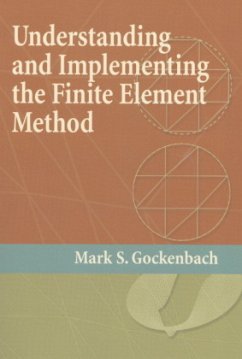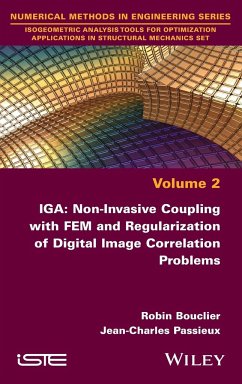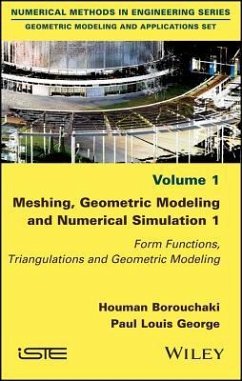
The Finite Element Method
From Theory to Practice
Versandkostenfrei!
Versandfertig in über 4 Wochen
145,99 €
inkl. MwSt.
Weitere Ausgaben:

PAYBACK Punkte
73 °P sammeln!
The finite element method, which emerged in the 1950s to deal with structural mechanics problems, has since undergone continuous development. Using partial differential equation models, it is now present in such fields of application as mechanics, physics, chemistry, economics, finance and biology. It is also used in most scientific computing software, and many engineers become adept at using it in their modeling and numerical simulation activities. This book presents all the essential elements of the finite element method in a progressive and didactic way: the theoretical foundations, practic...
The finite element method, which emerged in the 1950s to deal with structural mechanics problems, has since undergone continuous development. Using partial differential equation models, it is now present in such fields of application as mechanics, physics, chemistry, economics, finance and biology. It is also used in most scientific computing software, and many engineers become adept at using it in their modeling and numerical simulation activities. This book presents all the essential elements of the finite element method in a progressive and didactic way: the theoretical foundations, practical considerations of implementation, algorithms, as well as numerical illustrations created in MATLAB. Original exercises with detailed answers are provided at the end of each chapter.













